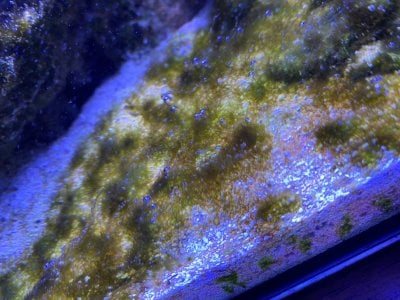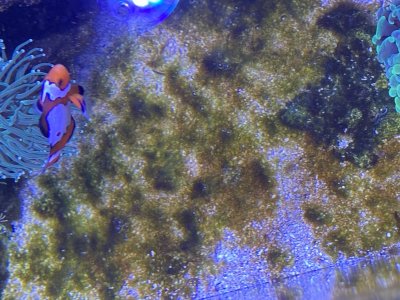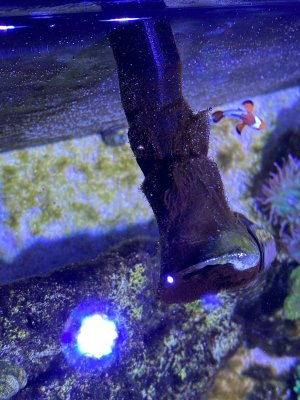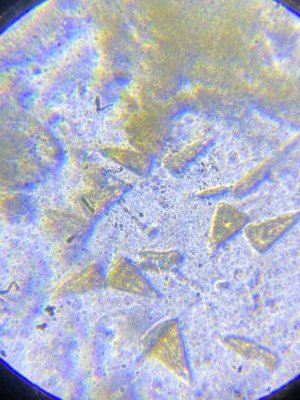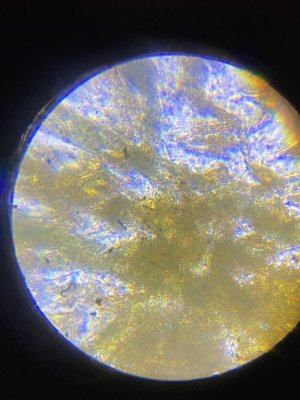I was battling Dino’s and I turned my skimmer on 12 hours and removed carbon to raise nutrients to kill Dino’s. Bought a UV sterilizer and I got rid of the Dino’s but then my nitrates rose to about 10 I got green hair algae. ( I didn’t do a water change for 3 weeks in my 20 gallon). I then did a water change and removed the green hair algae and added my carbon back and turned skimmer on 24/7 over a period of a week. It seemed to get better but now I’m having it come back and I retested. My nitrates are 2.5 and phosphates are 0.04. I have been pushing my water changes to every two weeks because my nitrates never go over 10 I only have 3 fish ( 2 clowns and a royal gamma and 8 snails/hermits and one cleaner shrimp. Why is this coming back ? Thank you. I understand the algae may be consuming the nitrates. So does that mean I need to do more frequent water changes and more manual removal ? I’m worried to lower my nutrients too much they are all ready so low.
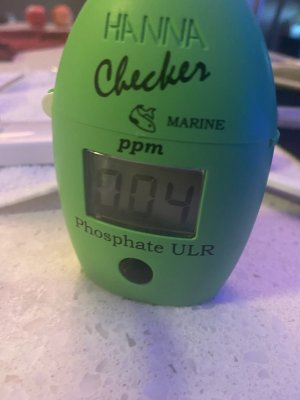
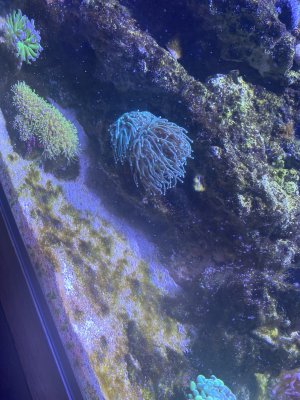
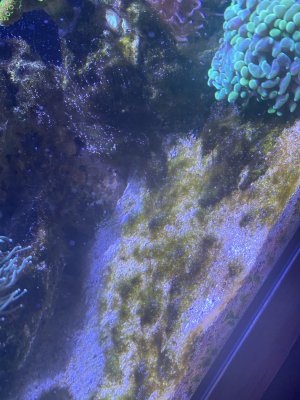
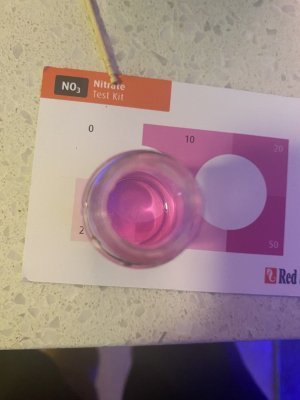
Have you thought about Fluconazol..... It has worked wonders on my 850 gallon system with zero negative side affects to my corals. Here is a link to the most cost effective source that I have found. Read instructions and follow them.
After..... and before shots

PetMountain: Pet Supplies, Pet Products, Pet Treats & Pet Food
PetMountain is the best pet shop for all your pet's needs. We offer high-quality food, toys, treats, and pet supplies at competitive prices. Our pet experts can help you find the right products for your pet. Shop today and see why PetMountain is the best place to find pet products to keep your...
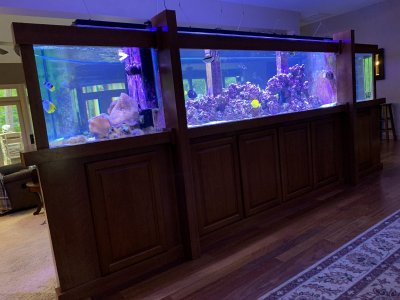
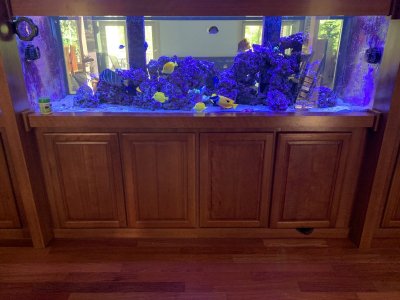
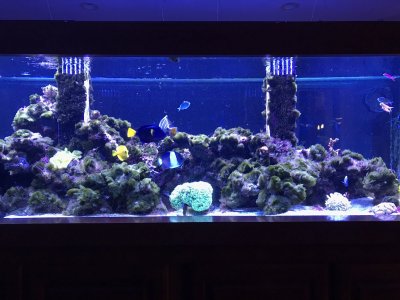
Last edited:





